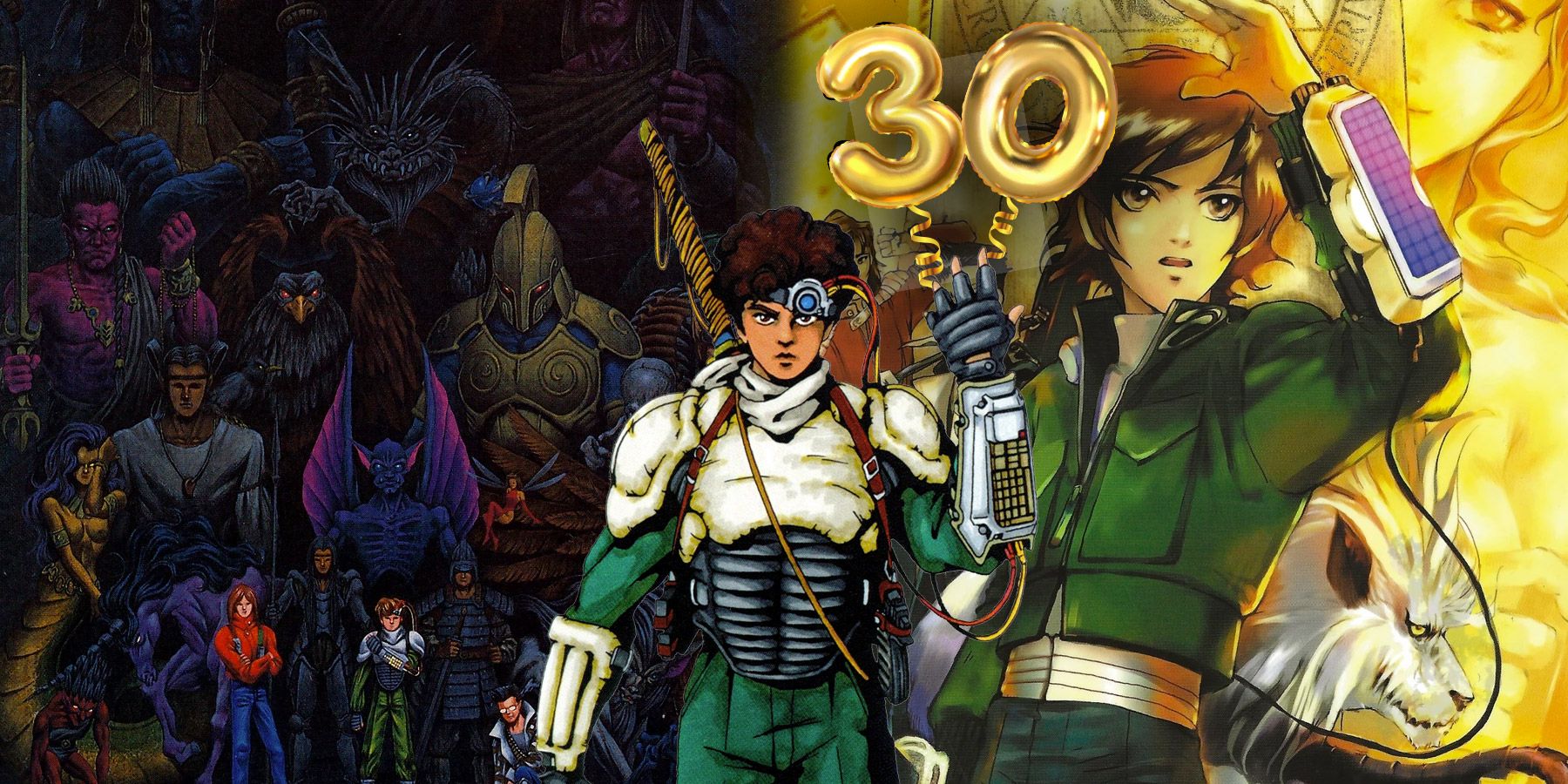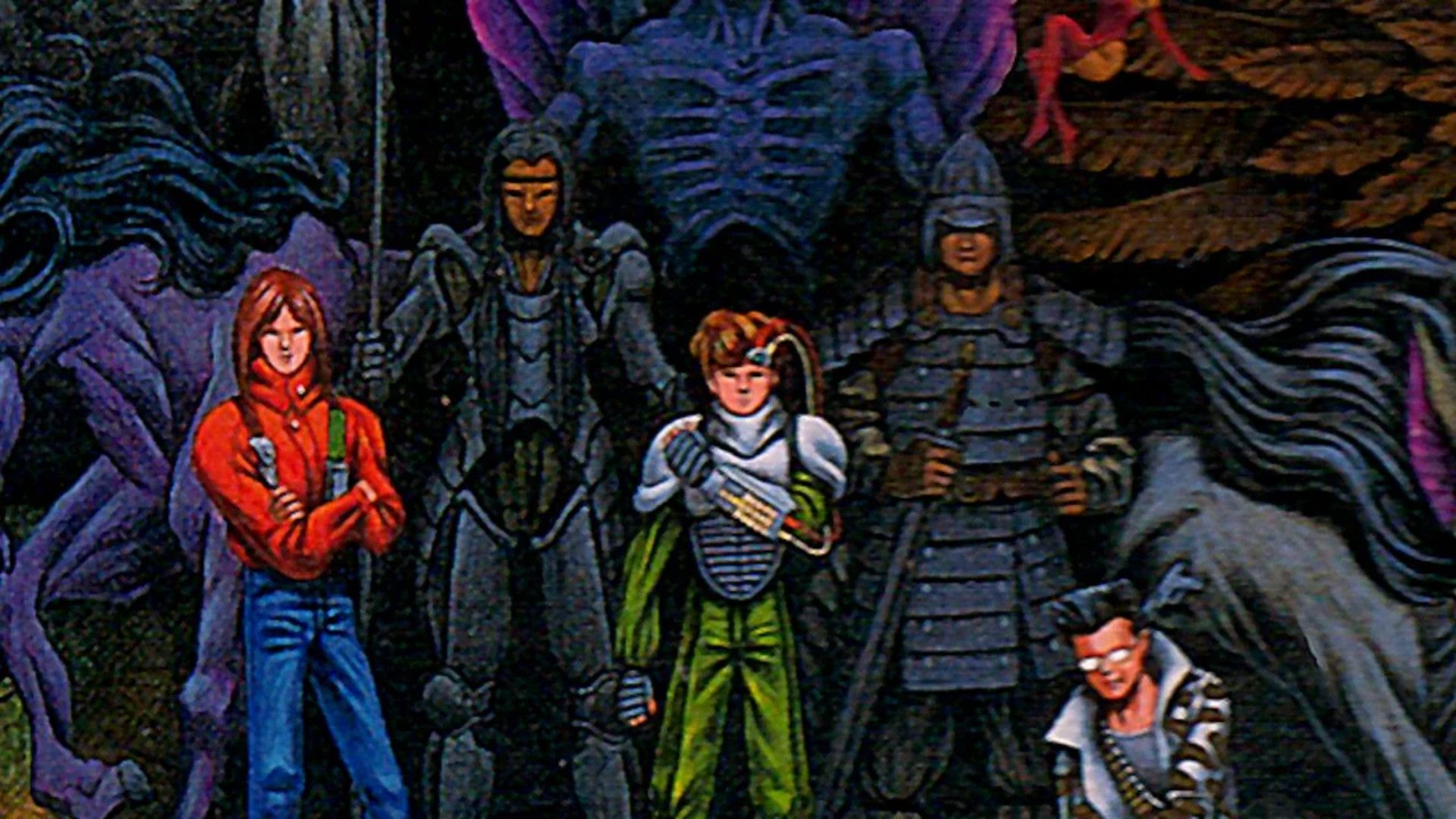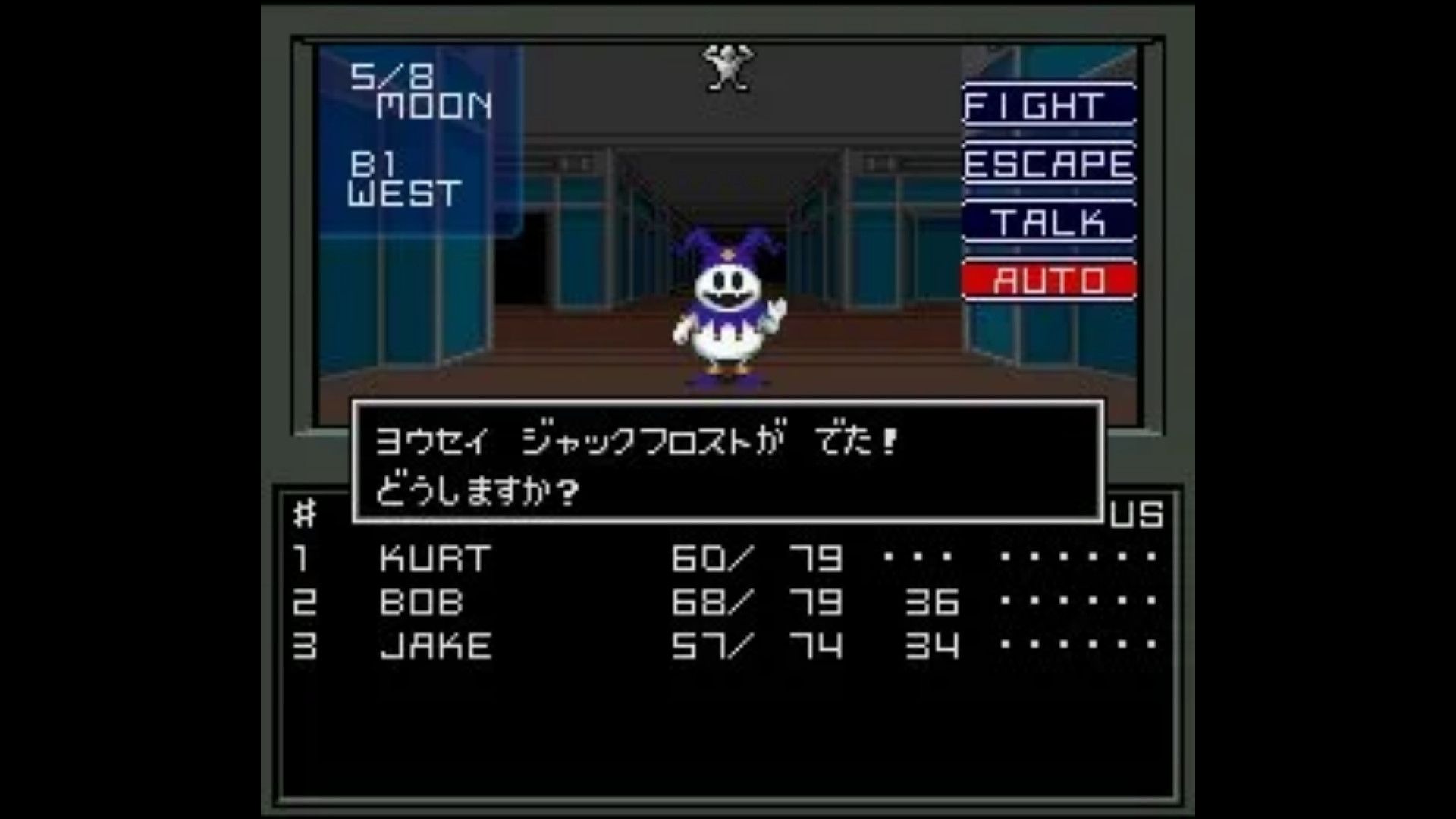While it only recently emerged into popularity in the west thanks to the success of Persona 5, today marks the 30th anniversary of Shin Megami Tensei, Atlus' flagship RPG series that has gone on to birth beloved spin-offs such as Persona and Soul Hackers. While it has not been around quite as long as other big JRPG franchises like Final Fantasy and Dragon Quest, Shin Megami Tensei has left an incredible legacy in the 30 years since its debut.
From its many sequels and spin-offs to serving as inspiration for games such as Undertale, Shin Megami Tensei has gone on to become one of the most influential JRPGs of all time. Ironically, the game itself can be looked at as a spin-off to Atlus' Megami Tensei series, however, 1992's Shin Megami Tensei is the game that defined the direction of future titles and other Atlus JRPGs to this very day.
What Made Shin Megami Tensei Special
It's not hard to explain what made Shin Megami Tensei an entirely different breed from other JRPGs on the market upon its release in 1992. The game follows a player-created protagonist in contemporary Tokyo as they discover a portal to a demonic universe that has been opened by a scientist in an experiment gone wrong. This leads to a political conflict as the United States military orders a nuclear strike on Tokyo while a military commander attempts to seize control of the demons. Shortly after, the player and two other party members are flung thirty years into the future and discover that the demons have taken control of Earth.
Shin Megami Tensei uses this complex and dark narrative to ask the player many moral questions, eventually asking them to align themselves with one of the surviving factions in the apocalyptic future. Many elements of this story setup and its themes would become traditions for the series going forward, with all mainline SMT games focusing on a conflict between humanity and demons taking place on Earth, asking the player to align themselves morally with one of the factions.
This style of storytelling was completely fresh in 1992, with no video games even attempting to touch the dark, taboo nature of Shin Megami Tensei's world and themes, except maybe Atlus itself with the original Megami Tensei series. This was even a full year before id Software would open the gates of hell to much controversy in 1993 with the release of Doom. If Shin Megami Tensei had been localized in English before Doom's release, it might have faced the brunt of that controversy first.
How Shin Megami Tensei Changed JRPGs Forever
What cemented Shin Megami Tensei as a classic is its unique take on the traditional turn-based RPG combat system introduced to the world of Dragon Quest less than a decade earlier. Shin Megami Tensei's demons led way to Demon Negotiations, a mechanic that allowed players to barter with enemies to either convince them to join their party as allies or gain cash or items from them. When demons were acquired through Demon Negotiations, players could then take them to the Cathedral of Shadows to fuse them to create new, more powerful demons.
The demon collecting mechanics introduced Shin Megami Tensei not only predated Pokemon's original Japanese release by four years, but they revolutionized this style of gameplay across the entire industry, building upon ideas introduced in games like Dragon Quest 5 and centering the whole game around them. These mechanics would go on to define Atlus' brand of JRPGs, at least until the series' third entry, Shin Megami Tensei 3: Nocturne, introduced the iconic Press-Turn system.
The demon fusing and collecting mechanics would only be a shell of themselves today without the unmistakable art of Kazuma Kaneko, the artist that would go on to design all characters and demons for the series and its spin-offs until 2006's Devil Summoner: Raidou Kuzunoha vs. King Abaddon, even working on the Persona series until Shigenori Soejima took over for Persona 3. Kaneko's character designs are still used by Atlus to this very day, even as he has taken on a supervisor role on the Shin Megami Tensei series and its spin-offs. The most iconic of Kaneko's designs is clearly Jack Frost, the character that has gone on to become Atlus' mascot and has even received his own standalone titles.
While it would take the game 22 years to be localized in the form of a now unplayable iOS port, an unfortunate result of Sony and Nintendo's disapproval of the game's themes and unfortunate circumstances with Atlus' translation team, Shin Megami Tensei's influence on the JRPG genre is impossible to understate. The game influenced a generation of games in its genre to follow, and the influence of demon fusing and conversations can still be felt today in indies like Undertale and upcoming games like Demonschool. Unfortunately, until Atlus decides to re-release the game, the only way fans can experience the game today is through fan translations of versions unreleased in the west.



